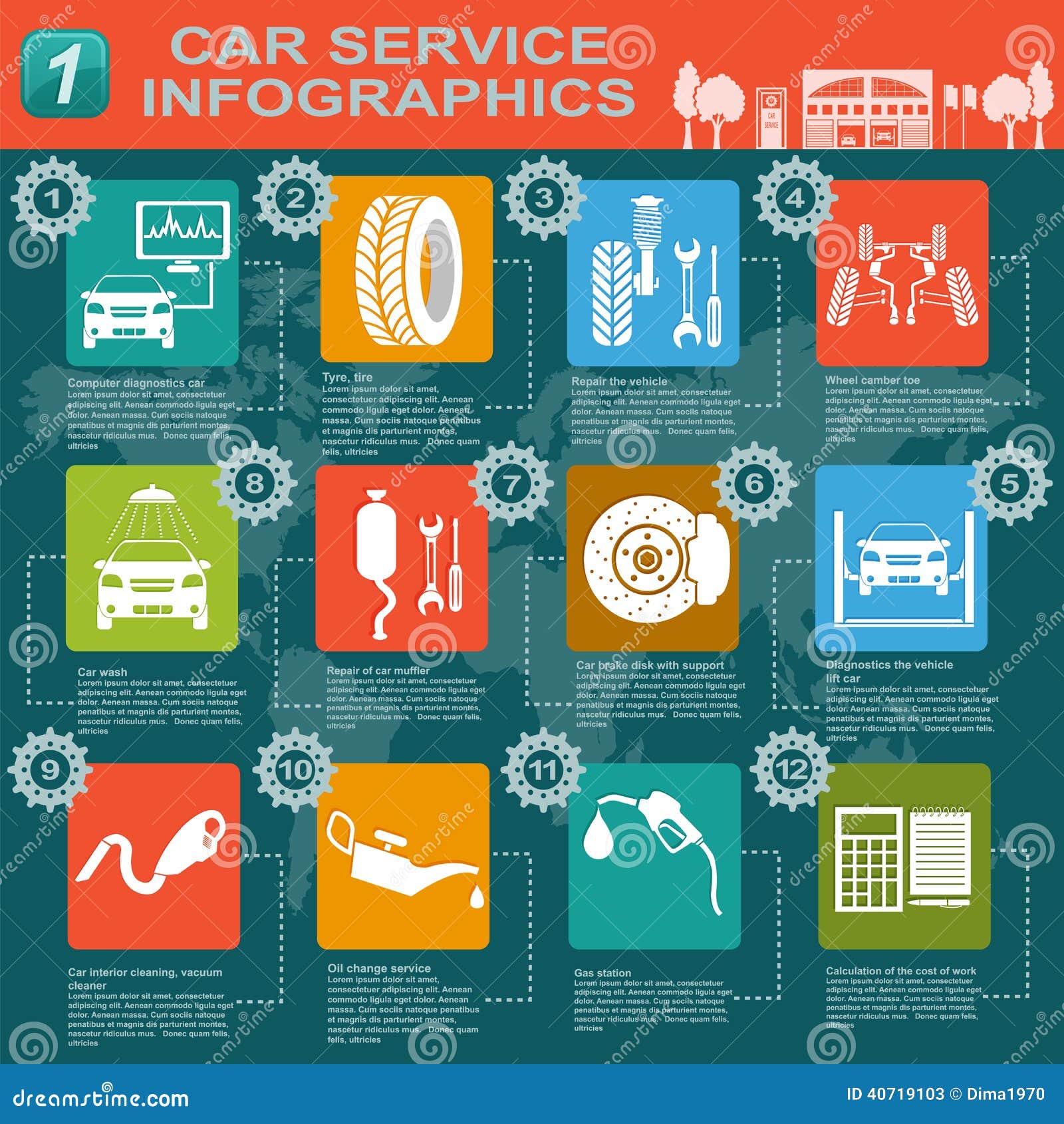Evaluating Your Auto'S Warning Indicators: What They Actually Communicate
Evaluating Your Auto'S Warning Indicators: What They Actually Communicate
Blog Article
Content Create By-Termansen Shepherd
When you lag the wheel, those beautiful caution lights on your control panel can be a bit difficult. Do you know what they're attempting to inform you regarding your vehicle's wellness? Comprehending the value of these lights is crucial for your security and the long life of your automobile. So, the following time among those lights appears, wouldn't you intend to understand its message precisely and take the essential steps to resolve it?
Common Warning Lighting and Interpretations
Identify usual warning lights in your car and comprehend their meanings to guarantee secure driving.
One of the most common warning lights include the check engine light, which signifies concerns with the engine or exhausts system. If this light comes on, it's important to have your automobile examined immediately.
The oil stress warning light shows reduced oil pressure, requiring immediate interest to stop engine damage.
A blinking battery light may suggest a defective charging system, possibly leaving you stranded otherwise addressed.
The tire pressure surveillance system (TPMS) light informs you to low tire stress, impacting vehicle security and gas performance. Overlooking this might cause unsafe driving problems.
The abdominal muscle light indicates an issue with the anti-lock braking system, compromising your capability to quit quickly in emergency situations.
Last but not least, the coolant temperature advising light warns of engine overheating, which can cause extreme damage if not dealt with promptly.
Comprehending these common warning lights will aid you address problems immediately and keep safe driving conditions.
Relevance of Prompt Focus
Recognizing the common warning lights in your vehicle is just the very first step; the value of immediately resolving these warnings can not be emphasized enough to guarantee your safety on the road.
When cardrtailing illuminates on your control panel, it's your car's way of connecting a prospective concern that requires attention. Overlooking these cautions can cause extra extreme problems in the future, endangering your security and possibly costing you a lot more out of commission.
Motivate focus to advising lights can protect against malfunctions and crashes. As an example, a blinking check engine light might indicate a misfire that, if left ignored, might cause damage to the catalytic converter. Addressing mobiledetailingauckland can save you from an expensive repair.
Similarly, a brake system alerting light might signify reduced brake liquid or worn brake pads, important parts for your security when driving.
DIY Troubleshooting Tips
If you observe a caution light on your dashboard, there are a couple of do it yourself fixing pointers you can attempt before seeking specialist aid.
The initial step is to consult your cars and truck's guidebook to recognize what the particular warning light suggests. Often https://best-oil-change-near-me39406.livebloggs.com/38418292/how-can-mobile-vehicle-outlining-change-your-vehicle-care-experience-while-making-certain-top-quality-discover-the-crucial-factors-to-consider-before-picking-a-detailer can be as basic as a loose gas cap activating the check engine light. Tightening the gas cap may settle the problem.
An additional common problem is a low battery, which can trigger numerous advising lights. Checking the battery connections for deterioration and guaranteeing they're safe could take care of the trouble.
If a caution light persists, you can attempt resetting it by detaching the automobile's battery for a few mins and then reconnecting it. Furthermore, inspecting your car's fluid degrees, such as oil, coolant, and brake liquid, can help fix advising lights related to these systems.
Final thought
In conclusion, recognizing your car's warning lights is essential for maintaining your vehicle running efficiently and securely. By quickly dealing with these signals and knowing what they indicate, you can avoid pricey fixings and possible malfunctions.
Keep in mind to consult your car's handbook for specific details on each alerting light and act as necessary to guarantee a trouble-free driving experience.
Keep notified, remain risk-free when traveling!
